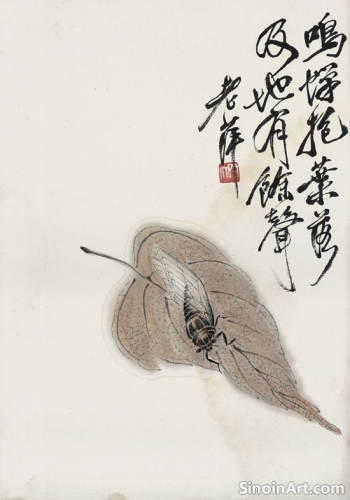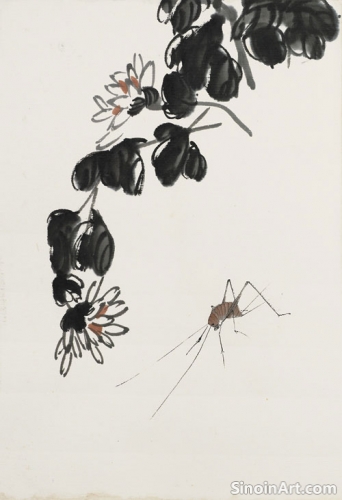The Legacy and Future of Xieyi Painting
|
Xieyi painting, with its rich history and unique aesthetic principles, continues to hold a significant place in the world of art. It represents a living tradition that has adapted to changing times and continues to inspire artists and viewers alike. Its historical and cultural significance ensures its place in art history.  The influence of Xieyi painting can be seen in various forms of contemporary art, both in China and around the world, proving that this ancient tradition still holds relevance for contemporary artists. Its influence has spread beyond its cultural origins. It continues to be a powerful source of inspiration.  The continuing practice of Xieyi painting ensures that the traditions of brushwork, ink control, and the emphasis on spontaneity and expression will be passed on to future generations. The continuing practice is the key to its lasting legacy. The future of the tradition rests with the artists of today and tomorrow.  Contemporary artists continue to push the boundaries of the style, incorporating new themes, materials, and techniques, and in turn, the future of Xieyi is being shaped by new generations of artists who will continue to explore and reinterpret its traditions, ensuring that it remains a vibrant and dynamic art form. The traditions are in good hands, and they continue to be a source of great inspiration. The enduring legacy of Xieyi painting lies in its ability to connect with viewers on a deeply human level, expressing personal feelings, cultural values, and universal truths through the language of ink and brush. It is a tradition that speaks across time and cultures. Its message continues to resonate for its ability to touch on the human experience. |
Tag : Legacy of Xieyi, future art, evolving tradition, Chinese art history, enduring art
Related information
- Xieyi Painting and the "Spirit of the Brush"
- The Brushstrokes of Xieyi: Mastering Spontaneity
- Xieyi Painting and the Expression of Loneliness
- The Enduring Appeal of Xieyi Painting
- Xieyi Painting and the Use of "Contrasting Ink"
"Spirit of the Brush" (bǐyì) is central to Xieyi, emphasizing the unique expressive quality and energy that emanates from the brushstrokes, reflecting the artist's inner state, personal vision, and technical mastery, with each brushstroke imbued with intention, life, and a sense of spontaneity.
This article delves into the various brushstrokes and techniques used in Xieyi painting, emphasizing the importance of mastering spontaneity and ink control to convey the spirit of the subject.
Xieyi painting powerfully expresses loneliness through suggestive compositions, vast negative space, solitary subjects, muted colors, and a sense of introspection, exploring solitude and the human condition, evoking melancholy and longing, and providing a space for contemplation and self-reflection.
The enduring appeal of Xieyi painting stems from its emotional and intuitive power, achieved through personal expression, spontaneity, suggestive imagery, and the pursuit of essence, connecting with viewers across cultures, and inspiring contemplation, tradition, and a deep understanding of the human experience.
"Contrasting Ink" (nóngdànmò) in Xieyi uses both dark and light ink strategically to create depth, volume, texture, and atmosphere through visual contrast, with dark ink creating boldness and light ink adding distance and subtlety, requiring skilled blending to create tonal gradations, expressive depth, and nuanced interplay of light and shadow.